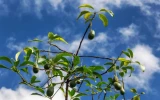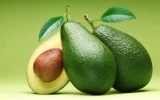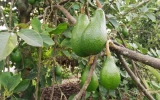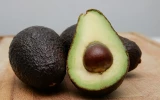Average Avocado Profit per Acre: 2024 Breakdown
In 2024, the humble avocado isn't just a trendy toast topping; it's a lucrative green goldmine for savvy agriculturalists like you. In this guide, we delve deep into the world of avocado farming, providing a comprehensive breakdown of the average profit you can expect per acre.
Considering average yields (7,000 to 20,000 pounds per acre) and market prices ($1.50 per pound), avocado farmers can anticipate annual gross revenue of $10,500 to $30,000 per acre. After deducting cultivation and maintenance costs ($6,500 to $20,000 per acre), the net profit ranges from $4,000 to $13,500 per acre.
To estimate your potential earnings per acre, learn more about average yields, costs, pricing and more below. You'll also discover strategies growers use to optimize revenues.
To maximize your avocado profit per acre, it's essential to understand how to start an avocado farm efficiently, ensuring optimal cultivation practices and management strategies.
Summary
- Average avocado yields per acre range from 7,000 to 20,000 pounds annually depending on variety, climate, farming practices.
- Initial costs of land preparation, planting trees, and establishing the orchard range from $10,000 to $25,000 per acre.
- Annual maintenance costs are $500-1,000 per acre.
- Farmers can sell through retail markets or direct sales, and wholesale contracts.
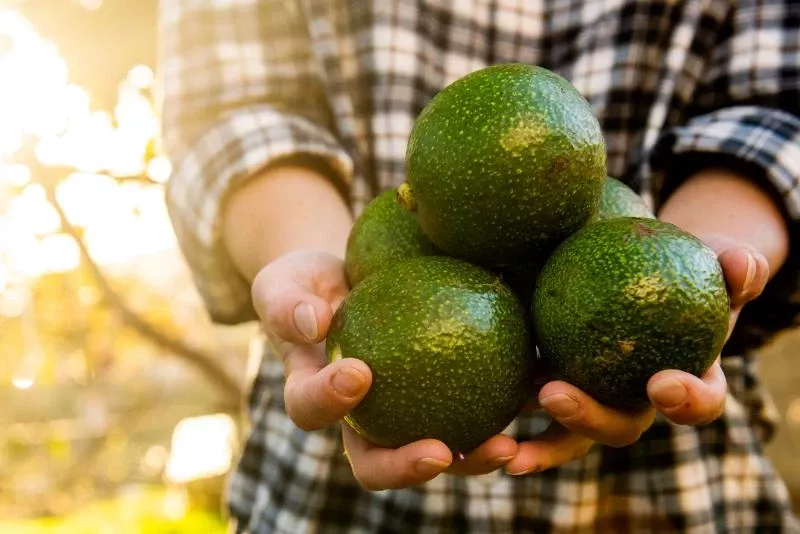
On this page:
Average Profit Margins
To calculate the profit margins for your avocado orchard, factor in both the initial investment costs and the ongoing operational expenses. Initial costs include planting and establishing your trees, while operational expenses cover irrigation, fertilization, labor, and pest management.
To estimate your potential returns, you need to evaluate the average avocado yield per tree, which varies according to the tree's age and variety. Young trees yield less fruit, but as they mature, the income per acre generally increases.
After determining your estimated yield, apply current market prices to find the revenue potential. Subtract your total costs from the revenue to find your net profit margin.
Comparing the avocado yield per hectare across years can illustrate how factors like weather variations, disease, or changes in your farming practices impact your returns.
Yield per acre of avocado
The yield per acre is a determining factor in your profits. On average, a well-maintained avocado orchard can yield between 7,000 to 20,000 pounds per acre annually, depending on factors like variety, climate, and farming practices.
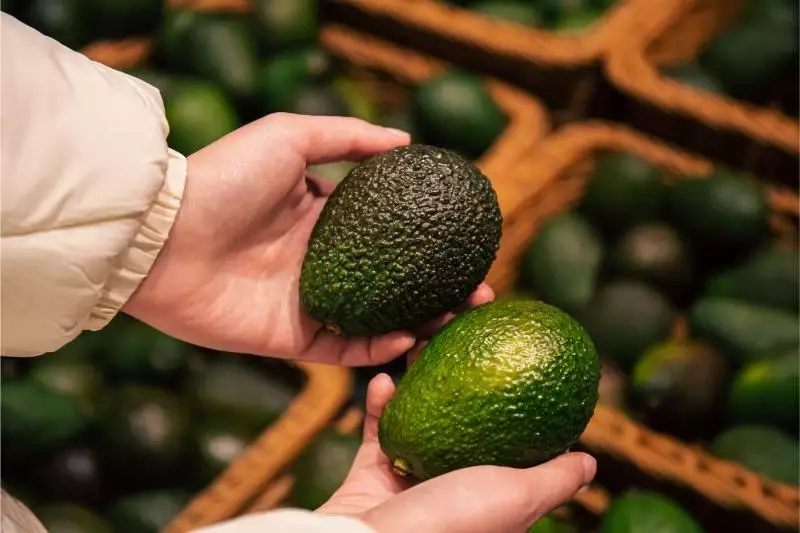
Cultivation Costs
The average annual expense could range from $7,000 to $20,000 per acre. These include initial land preparation and planting, regular maintenance, and the expenses incurred during and after harvest.
| Cultivation Costs | Estimated Costs |
|---|---|
| Land purchase | $10,000 to $25,000 per acre |
| Avocado trees (saplings) | $20,000 to $50,000 per acre |
| Land preparation | $5,000 to $15,000 per acre |
| Fertilizers, pruning, and irrigation | $500 to $1,000 per acre per year |
| Labor cost | $1,000 to $4,000 per acre annually |
Land preparation and planting costs
The budget for this phase covers clearing the land, amending the soil, and the cost of young trees. Opting for high-density planting can maximize yields, but it's essential to strike the right balance in tree spacing to ensure healthy growth and access to sunlight and nutrients.
Maintenance expenses
This category encompasses costs from irrigation and fertilization to pest and disease control. It's vital to maintain a schedule to ensure trees thrive; neglecting tree health could lead to reduced yields and increased long-term costs.
Harvesting and post-harvest expenses
These costs include labor for picking avocados, transportation, and storage. Efficiently organizing the harvest can minimize losses and ensure the avocados reach the market in top condition, impacting your overall profitability.
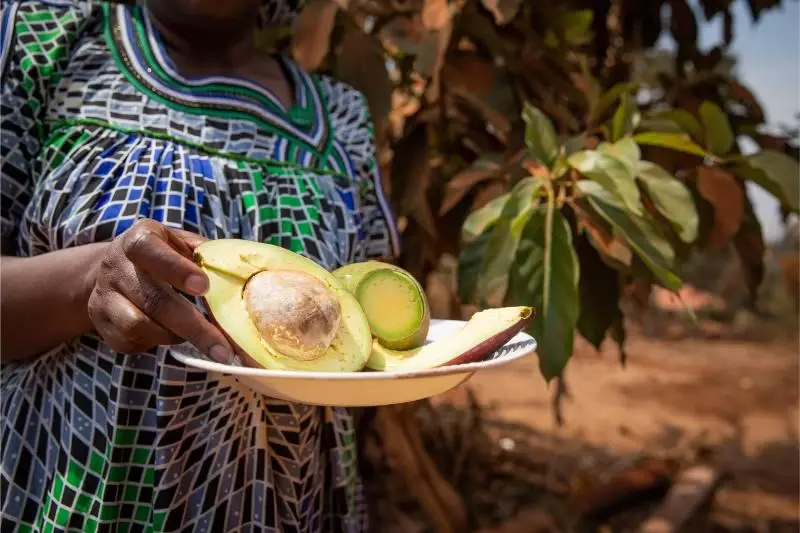
Revenue Streams
The average market price for avocados in 2024 is a crucial piece of the puzzle. Let's say the average price is $1.50 per pound. For an orchard yielding 10,000 pounds per acre, the gross revenue would be $15,000 per acre.
| Sales Channel | Selling Prices |
|---|---|
| Retail market | $0.88 to $1.75 per pound |
| Wholesale | $0.61 to $1.23 per pound |
When considering the profitability of your avocado orchard, it’s essential to evaluate the different channels through which you can generate income.
Direct sales to consumers
By selling avocados directly to consumers, whether through farmers' markets, online platforms, or roadside stands, you tap into the potential for higher profit margins. This approach also allows you to build a loyal customer base and brand recognition.
Direct interaction with your customers can lead to valuable feedback and a better understanding of consumer preferences.
Wholesale contracts
Securing wholesale contracts can provide a consistent and large-volume sales channel. Establishing agreements with supermarkets, restaurants, and food processors means you're less affected by day-to-day market fluctuations.
However, handling bulk orders requires you to have a considerable and reliable supply of avocados ready to meet the demands of your clients.
Value-added products
Diversifying into value-added products, such as avocado oil or guacamole, opens up additional revenue opportunities.
By processing avocados into different products, you can attract a wide array of customers seeking convenient and innovative avocado-based items. Moreover, these products can have a longer shelf life than fresh avocados, potentially reducing the waste and maximizing the use of every fruit you grow.
In avocado production by country in 2023, you will find insights into how diversification and constant innovation in the industry can influence the market, potentially affecting your revenue streams.
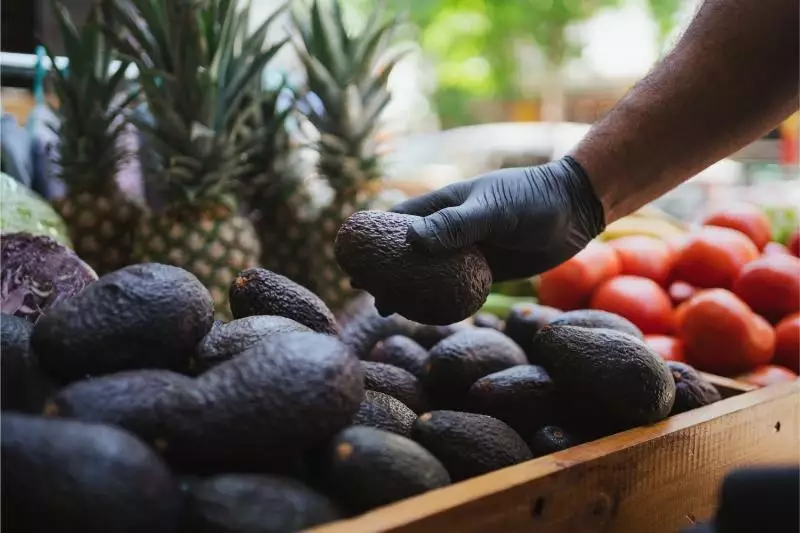
Market Factors Affecting Profit
When assessing the potential profit from avocado farming, it's essential to consider several market factors that can significantly influence your bottom line. These range from seasonal trends to global trade policies.
Seasonal variations
Growing conditions and harvest times can cause fluctuations in avocado availability, thus affecting market prices. Avocado trees are slow-growing, and it can take years before they consistently produce fruit.
Factors such as the age of the tree and climatic conditions also dictate how often avocado trees produce fruit, impacting annual yields and profitability.
Avocado varieties
Different avocado varieties have varying market demands and price points. For instance, the Hass avocado is popular in many markets due to its rich flavor and creamy texture, generally fetching a higher price. However, alternative varieties may not command the same premium, influencing your profit per acre.
International trade policies
Trade agreements and tariffs can dramatically alter the landscape of avocado exports and imports. With many avocados consumed in the U.S. sourced from Mexico, any changes in trade policies could impact the cost of importing and, in turn, the profitability for domestic growers.
Being attuned to the shifts in international trade can help you navigate and strategize for the best financial outcomes.
Evaluating the potential profits per unit area is important for determining the financial viability and profitability of starting an avocado farm.
Maximizing Your Avocado Profits
-
Efficient water management: Implementing water-saving irrigation systems can reduce costs and boost yield. Effective orchard layout, including tree spacing, is vital for water management and overall tree health.
-
Pest and disease management: Effective management can prevent crop losses.
-
Adopting technology: Using agricultural technology for monitoring and optimizing orchard health can increase yield.
-
Diversification: Growing different avocado varieties can mitigate risks associated with market fluctuations.
